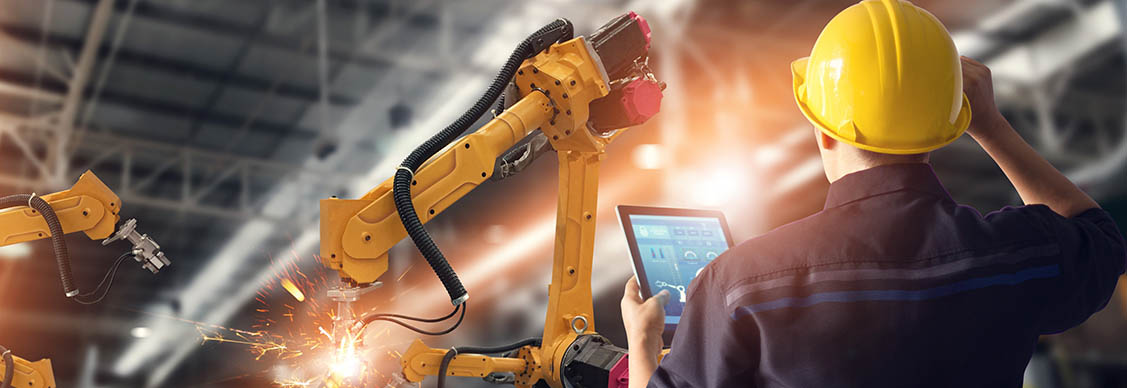How the construction industry is adopting AI
Increased tech investments aim to counter delays, rising costs, and a labor shortage
The construction sector is poised to invest heavily in new smart technologies to address a string of issues that arose during the pandemic.
According to a recent report from Research Dive, the construction industry is expected to invest heavily in AI startups and the adoption of cloud-based technologies. The report predicts $8 billion in revenue from the sector until 2031, with most revenue coming in the final five years. JLL’s Artificial Intelligence: Real Estate Revolution or Evolution? report also shows that investment into AI-powered PropTech tools is already seeing significant investment—about $4 billion in 2022—driving the development of real estate applications using AI.
Most problems are ripe for solving using current and emerging technologies firmly in the project management realm, with less direct applications to the physical act of construction. Nevertheless, technologies range from augmented realities that can significantly increase efficiency in terms of costs, labor, management time, and resources at job sites to robotics that help alleviate physical stress on the laborers.
The speed of change would mark a shift for a sector with a history of being slow to adopt new technologies, in part because it doesn’t face the same demand for speed and quick turnaround as, say, the stock market, says Andrew Volz, JLL Project and Development Services Americas research lead.
“AI technology has the potential to shift how we work in construction dramatically,” Volz says. “These tools heighten accuracy and give time back by changing the need for project managers, specialists and inspectors to be frequently on site.”
Smarter Construction
When UK-based Pure Gym wanted to expand into U.S. markets, flying to the States was impossible due to restrictions due to the global pandemic.
Using the AI-driven photo documentation tool OpenSpace, the company could view the sites and do a virtual walk-through in real time–saving them time and money. The technology allowed them to focus on major design features of the gym, including the movement of people, and conducted simulations of how gym members would move in the space to determine better the layout and what amenities to include.
Looking for more insights? Never miss an update.
The latest news, insights and opportunities from global commercial real estate markets straight to your inbox.
“OpenSpace is a game changer,” said Todd Burns, president, Project and Development Services, JLL. “We are excited to offer this premium tool for our clients, differentiating us from our competitors, and solidifying JLL’s position as providing the most innovative, digital-first solutions to its clients.”
Volz says he expects to see continued advancement in such technologies used in the pre-and post-construction compliance monitoring phases to address the delays and cost pressure brought on by the pandemic. Natural language and large language processing technology, he says, can expedite tasks involving permitting, contracts, and even design.
“You don’t need dedicated people on-site to do monitoring anymore. This technology allows us to plan better, monitor, and deploy labor,” Volz says. “You simply can have your apprentices walk the site with a 365-degree camera on their hard hat and get vital information to create an augmented reality model showing progress.”
Another example of how technology is improving the pre-construction phase is being seen in architecture and engineering. Using parametric designs to build out new styles of architecture that are computationally assisted allows computers to stress test small engineering parts for the connectors between buildings to determine how to shave off as much material as possible while still maintaining performance.
“These technologies will play a critical role in alleviating time and cost pressures,” Volz says. “Where we need to see more attention is the actual bricks and sticks of construction.”
Investment Opportunities
The sticks and bricks of it all
While technologies are already changing how buildings are made, Volz says a mounting labor shortage and an exodus of skilled labor due to early retirement is pushing the need for more assistive AI technology.
Volz says the tools brought to this middle section lean toward assistive technology, such as a semi-autonomous mason unit or a material lift enhancer from Construction Robotics. Full-scale replacement is not possible currently and, even with recent advances, won’t be available or cost-effective for quite some time.
“The direction we are heading is cool because it is not a replacement for skilled workers, but more so a supplement,” he says. “These tools lower the physical stressors on the workforce, which is incredibly important for a field where performance falls rapidly after the age of 55. Anything that can reduce those strains and stressors will be vital.” A safer, more efficient workforce with greater working life expectancy will go a long way in addressing structural issues of the nation’s construction labor pool.
OpenSpace uses a 360-degree camera to capture jobsite images, with a state-of-the-art user interface that allows viewers to virtually walk the jobsite and see progress, comparing captures over time.
The road to adoption
While Volz believes plenty of investment dollars will pour in to address pressing issues in the construction industry, significant challenges remain. Widespread adoption, standardization, and upfront capital expenses are at the top of his list.
“All those things are major issues that will appear no matter what,” he says. “However, as the cost of materials and labor continue to rise, there will be enough pressure to explore these tech-driven alternatives. It is kind of the perfect storm of different things that are pushing for adoption now.”
Contact Andrew Volz
JLL Project and Development Services Americas research leadWhat’s your investment ambition?
Uncover opportunities and capital sources all over the world and discover how we can help you achieve your investment goals.




